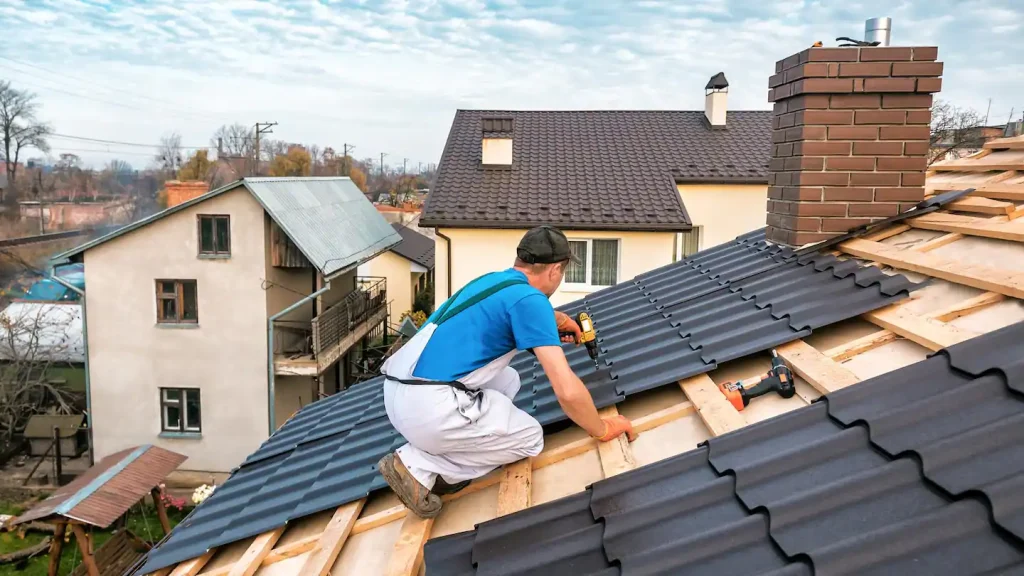If you’re considering a roof upgrade, you may wonder if it’s possible to add a metal roof over your existing shingles. In this article, we’ll explore the practice of adding a metal roof over shingles, its benefits, challenges, and important considerations to help you make an informed decision about this roofing option.

Understanding the Process:
Adding a metal roof over existing shingles, often referred to as a “roof-over,” is a common practice. It involves installing a new metal roofing system directly on top of the existing shingles. This approach offers several advantages:
- Cost Savings: Roof-overs are typically more cost-effective than complete tear-off and replacement because they save on labor and disposal costs.
- Reduced Installation Time: The installation process for a metal roof-over is faster compared to tearing off the old shingles and installing a new roof.
- Extra Insulation: The existing shingles can provide additional insulation, improving energy efficiency in your home.
Benefits of Metal Roof-Overs:
- Durability: Metal roofing is known for its longevity. By adding a metal roof over your shingles, you’re investing in a durable roofing solution that can last for decades.
- Energy Efficiency: Metal roofs are highly reflective and can help reduce cooling costs by reflecting solar heat. This can lead to energy savings over time.
- Low Maintenance: Metal roofs require minimal maintenance, saving you time and money on upkeep.
Challenges and Considerations:
While metal roof-overs offer several benefits, there are also challenges and considerations to keep in mind:
- Weight: Metal roofs are heavier than shingles. Before adding a metal roof, it’s crucial to have your roof’s structural integrity assessed to ensure it can support the additional weight.
- Roof Condition: The condition of your existing shingles is essential. If the old shingles are damaged or have significant issues, they should be repaired or removed before adding the metal roof.
- Roof Ventilation: Adequate roof ventilation is vital to prevent moisture buildup and heat retention. Ensure that your roof ventilation is compatible with a metal roof.
- Flashing and Underlayment: Proper flashing and underlayment installation are critical for preventing leaks and ensuring the metal roof’s longevity.
- Local Regulations: Check with your local building codes and regulations. Some areas may have specific requirements or restrictions regarding roof-overs.
Installation by Professionals:
For a successful metal roof-over, it’s essential to hire experienced roofing professionals who are familiar with the process. Proper installation is crucial to avoid issues such as leaks or uneven surfaces.
Conclusion:
Adding a metal roof over your existing shingles can be a cost-effective and durable roofing solution. It offers benefits such as longevity, energy efficiency, and low maintenance. However, it’s essential to consider factors like weight, roof condition, ventilation, and local regulations before proceeding.
Consult with a qualified roofing contractor to assess your roof’s suitability for a metal roof-over and ensure a proper installation. With the right approach and professional guidance, you can enjoy the benefits of a durable and energy-efficient metal roof that enhances the value and longevity of your home.



Leave a Reply